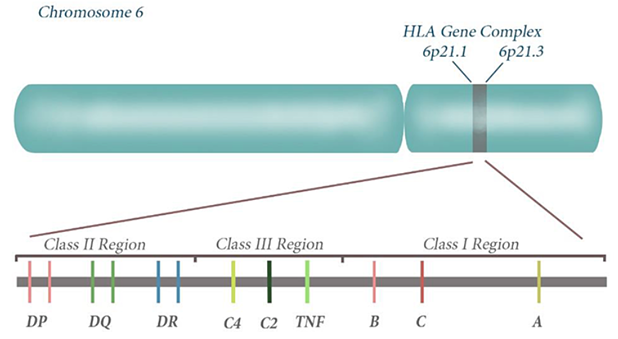NEW major process upgrade establishes industry-leading accuracy & specificity for HLA-A

Until now, a common industry approach for testing HLA-A 31:01 (tag SNP rs1061235) has produced a high false positive rate of approximately 40%. Without separate verification, this could have the clinical outcome of inappropriately excluding the use of a valuable drug, carbamazepine which is associated with a 5-fold increased incidence in hypersensitivity reactions in the presence of this allele. This was not acceptable for Genomind.
Genomind invents major new process upgrade, establishing industry-leading sensitivity, specificity, and accuracy of HLA-A* 31:01
Genomind’s® Professional PGx Express™ is now the only mental health pharmacogenetics (PGx) test using this capability in the market.

HLA-A*31:01 specifically is associated with skin reaction risk with carbamazepine, an anticonvulsant also used as a mood stabilizer for bipolar disorder. This valuable drug is on the World Health Organization’s List of Essential Medicines (1) and was prescribed over 3.6MM times in 2019 and growing in 2020 (2).

In validation testing of this new and improved assay, specificity and sensitivity were 100%. In real-world testing we expect specificity to be >99% – that means we will be able to reduce the 40% of false positives down to a fraction of a percentage (3).

Now clinicians considering carbamazepine therapy for their patients will have a better understanding of the adverse skin reaction risk and can make improved personalized treatment decisions! Read the full press release here.
- World Health Organization (2019). World Health Organization model list of essential medicines: 21st list 2019. Geneva: World Health Organization. hdl:10665/325771. WHO/MVP/EMP/IAU/2019.06. License: CC BY-NC-SA 3.0 IGO.
- IQVIA, National Prescription Audit (NPA), Dispensed Rxs through July 2020
- This fraction of a percent represents the real world use HLA-A*31 types other than 31:01 (ie. HLA-A*31:04, 31:12, and 31:16) which may rarely cause false positive results. That being said, it is not currently known if these types are associated with skin disorders following use of carbamazepine.

